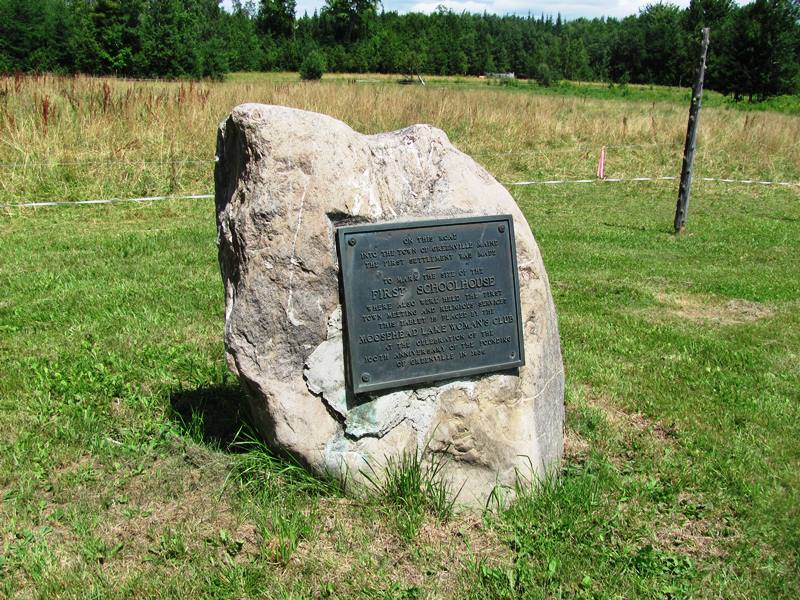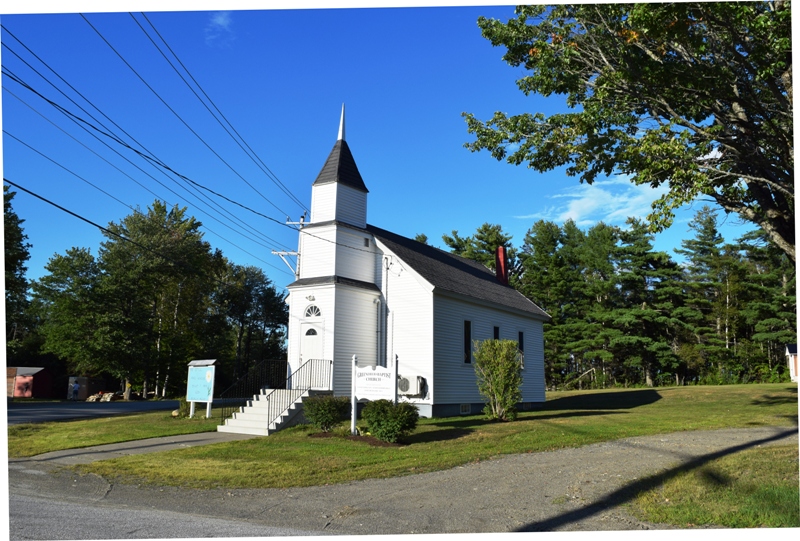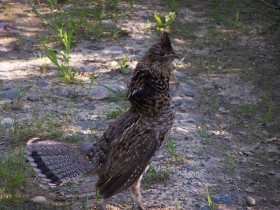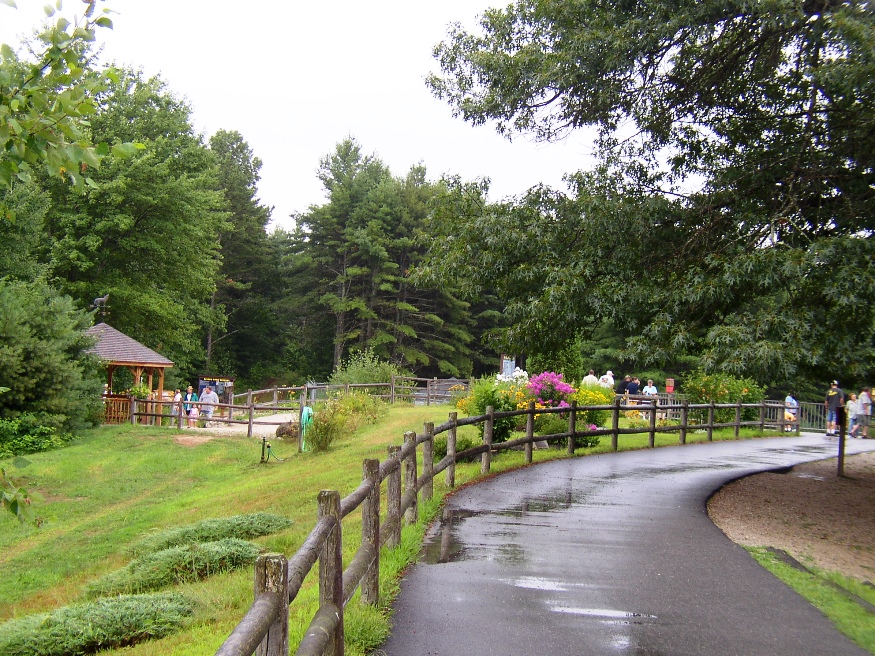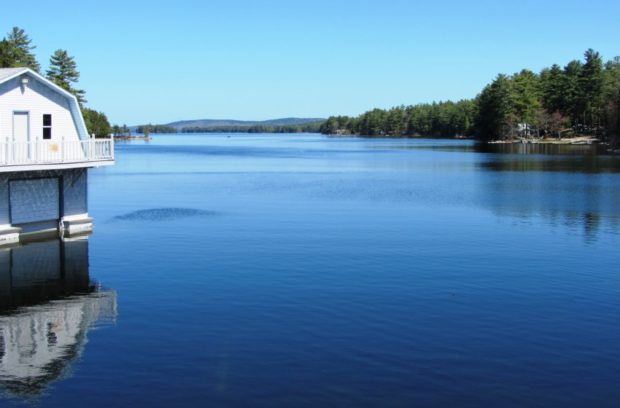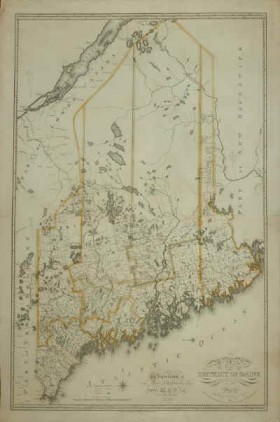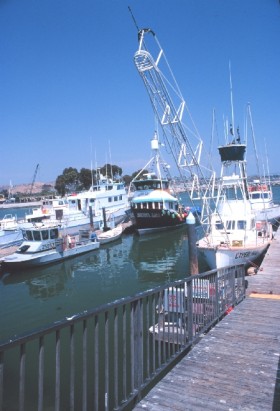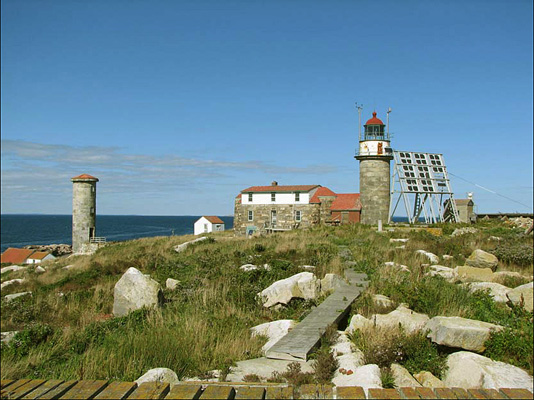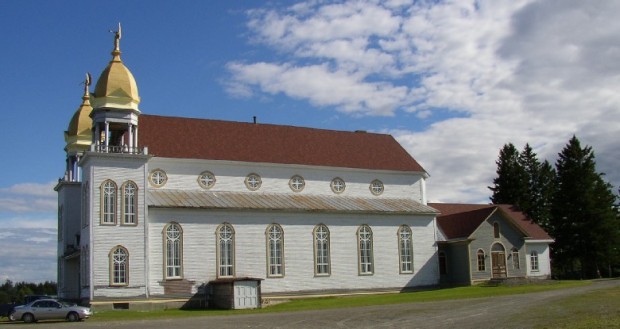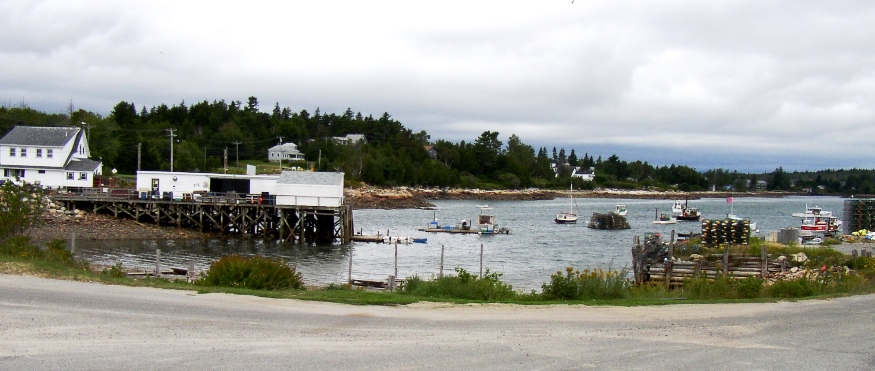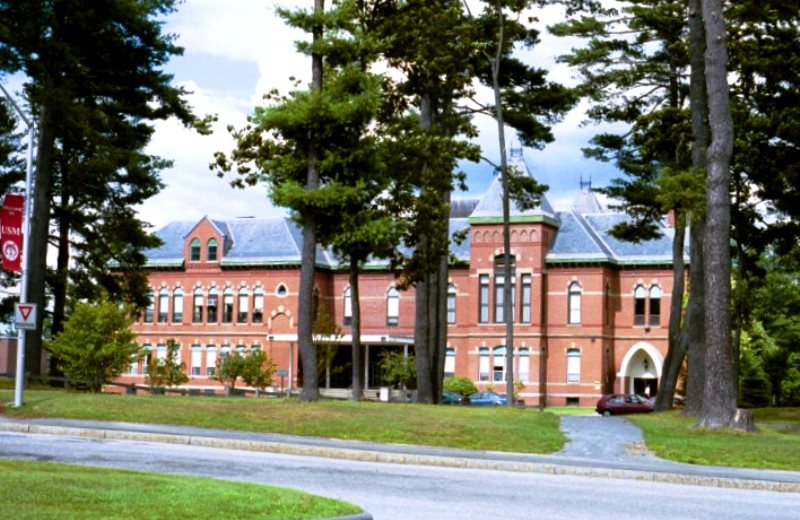Greenwood
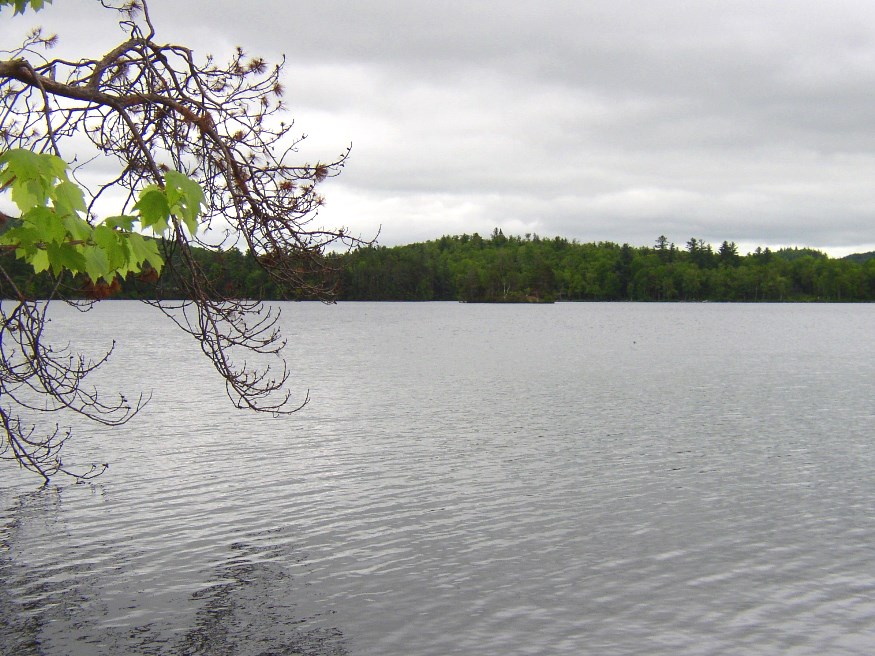
Located just east of Bethel on Maine Route 26, the Village of Locke Mills in the town of Greenwood lies on the shore of Round Pond which is linked to nearby North Pond and South Pond. One early resident was L. L. Bean, who was born here. The town has shown consistent, moderate population growth over the past forty years.


